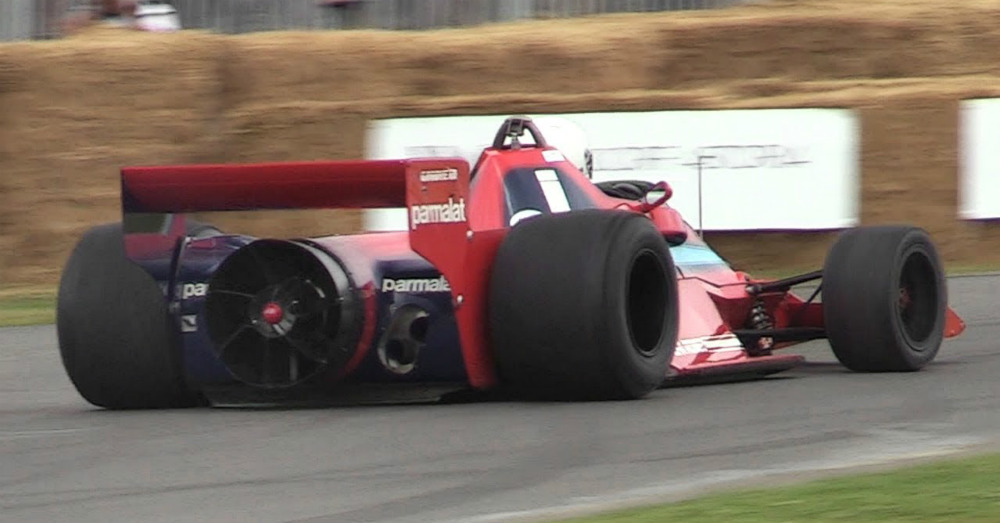Over the many years that cars have raced around on the track, every team has tried to gain an advantage over the rest in the race to see if they could gain a little bit more and get to the front of the pack easier. Innovation in motorsports is the lifeblood of racing and it has been part of the drive for many years, but there have been some advanced in racing that ended up being banned because they were too good; at least until another team could catch up and gain the same improvements for the drive out on the track.
Here are some technologies that were banned when first introduced in Formula One racing:
Active Suspension –This is a feature you’ll find on many of the cars and SUVs we drive on the roads every day, but it was something that didn’t gain favor by Formula One. It first arrived in 1987 and was part of what Lotus offered for the drive on the circuit, and then was used again by Williams in 1992 to win events. In 1993 the technology was banned and considered to be unsafe because issues with the hydraulic system would be extremely dangerous for the driver.
Ground Effects –Formula One cars have always been considered some of the most aerodynamic on the track and the way air flows over a car has been studied for many years. Some of the features used for these cars have made their way to the sports cars we see and enjoy on the roads and tracks we drive daily, but there was a short ban on some of the ground effects used to move the air the way the team desired around the car after a few drivers were killed while on the track this technology was gone from the circuit for good.
Massive Fans –There was one car that tried using a massive fan in the rear of the vehicle to create a low-pressure area under the vehicle which both cooled the engine and provided active aerodynamics. This was the Brabham BT46B car that one a single race in 1977 by a massive 34 seconds. This car was then banned because of the reaction by those who were beaten and complained of a large amount of flying debris from this fan that was actually within the current racing rules of the time.
Six-Wheeled Cars –The purpose of using smaller tires up front was to cut through the air, which was tried in 1976. This should have allowed a team to win more than one race, but that’s all it achieved. This idea was then tried again a few years later with four wheels in the rear rather than the front, which allowed the air to wrap around much better than with only four. After this, anything that drove more than two wheels and had more than four was outlawed, bringing the rules back in line and deeming six wheels and 4WD illegal in Formula One.
Turbine Engines –This was a technology that confused the drivers in the early part of the 1970s because using a turbine engine meant a car didn’t have a transmission but ate up the brakes. While this was something interesting it was also difficult to control and made driving nearly impossible for the team that tried to make use of this car. With the development of engine regulations, this and the jet engine were both removed from the competition without much fanfare at all. It made sense to make sure engines were built in a way the drivers could control the car on the track when they were in the cockpit.
This post may contain affiliate links. Meaning a commission is given should you decide to make a purchase through these links, at no cost to you. All products shown are researched and tested to give an accurate review for you.

